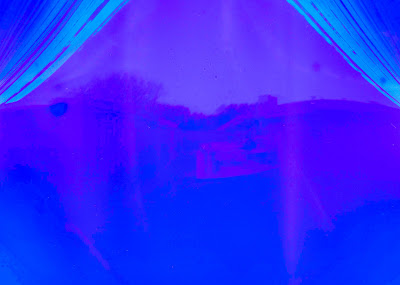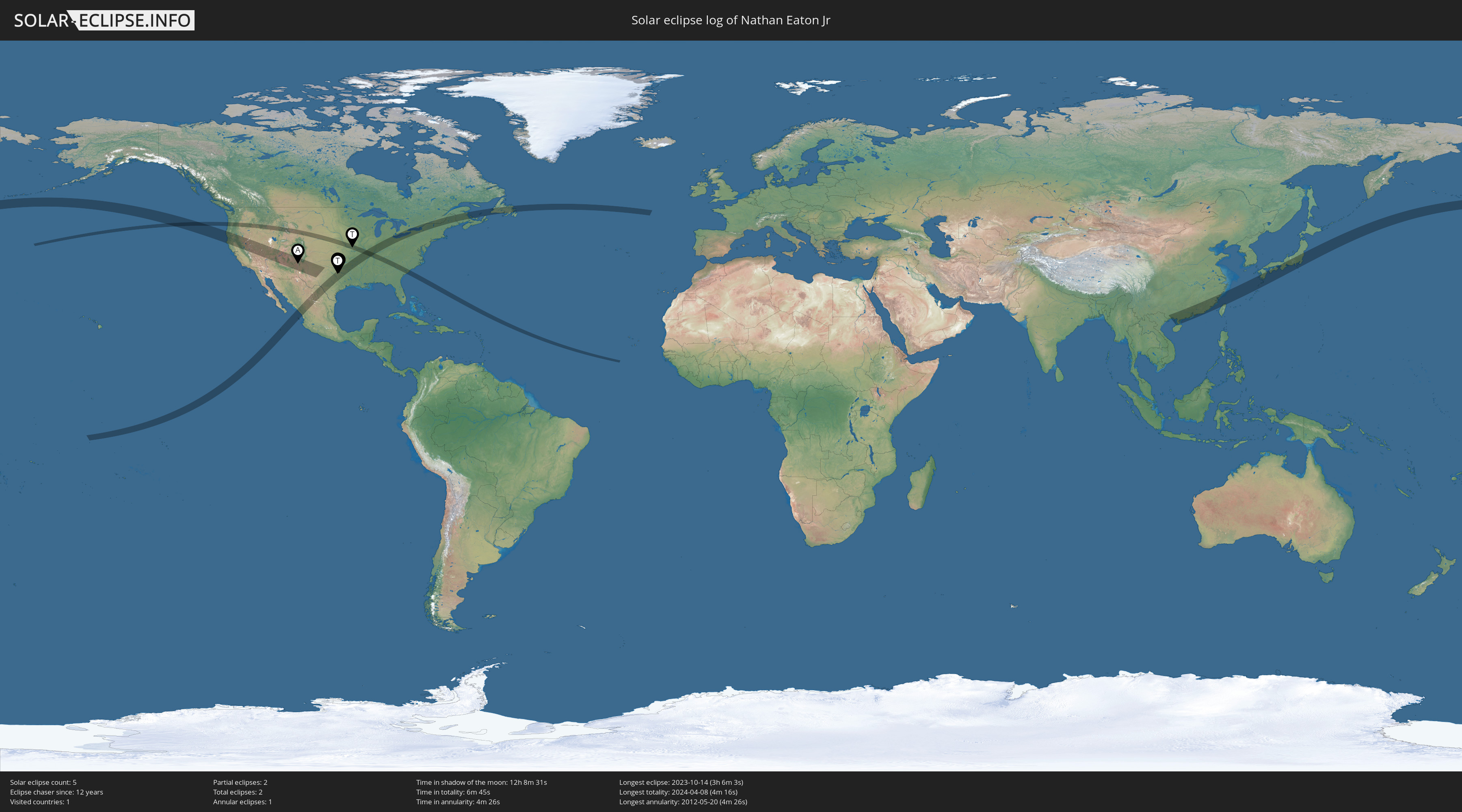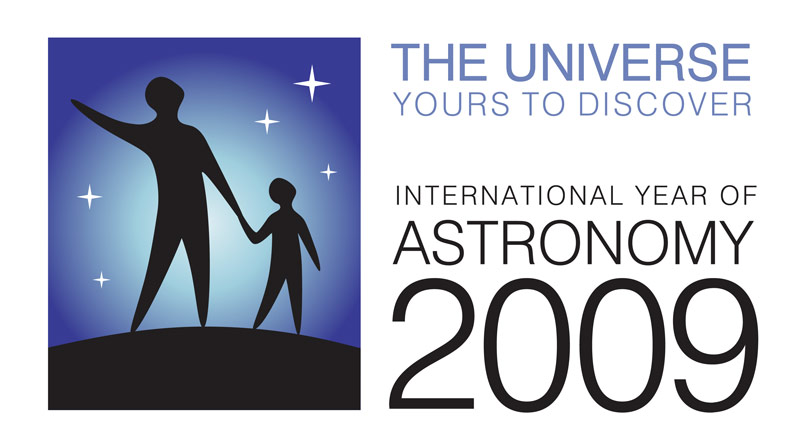Home from our trip, I finally got a chance to go through the shots I took last Tuesday morning (November 8, 2022) of the total lunar eclipse from my brother- and sister-in- law's house in Islamorada, Florida on Lower Matecumbe Key. This view is looking to the west over Florida Bay.
I shot from about 4:30am EST until about 6:15am EST when morning twilight washed out the eclipsed Moon. I would have started earlier as the eclipse started at 3:03am EST but the view was obscured by the clouds when I went out to shoot, finally clearing about 4:20am EST.
I've shot lunar eclipses where the Moon appeared larger than this but for this project I needed a wide angle view, allowing me to capture individual lunar disks reflecting the changes in the Moon's appearance through each phase of the eclipse. My goal is to create a composite shot with multiple lunar images spaced across a shot like this. The individual lunar disks will run in an arc from near the top of the image, right down between these two palm trees, each lower than the previous as the Moon got closer and closer to the horizon. I used the Stellarium sky app and the PhotoPills planning app with its augmented reality view to plan where to set up for this shot and confirm it would look like I had in mind.
Creating the composite image is going to take a little work (combining data from about 15 shots taken once every 7 minutes) so stay tuned and I'll post when it is finished.
In the meantime, I was pleased with this image taken near the beginning of morning twilight so thought I'd go ahead and share it now. It's also highlighted on EarthSky.org here.
Enjoy!
Click on image to view full screen.
Equipment Details:
Nikon D750, Nikkor 24-120mm lens at 24mm, Peak travel tripod, camera control with qDSLRDashboard app on Pixel 5, planning with PhotoPills and Stellarium apps on Pixel Slate
Post-processing Details:
Lightroom: minor exposure adjustment, applied lens profile and chromatic aberration adjustment, transform to correct distorted perspective, crop
Photoshop: burning to reduce brightness of dock lights, dodging to slightly increase brightness of moon against twilight sky, use sky mask and a noise filter to reduce color banding when saving to PNG file format












.png)




.jpg)


















.jpg)


































 The journey continues beyond 2009... check it out!
The journey continues beyond 2009... check it out!
